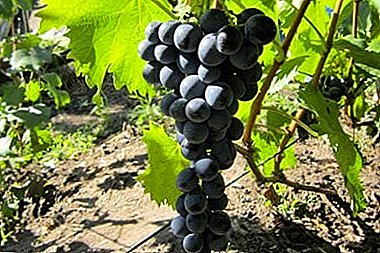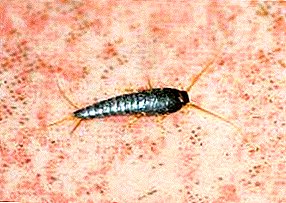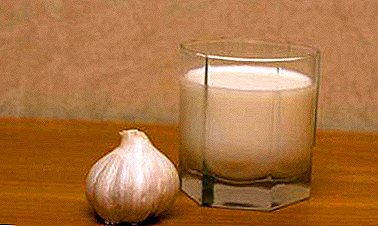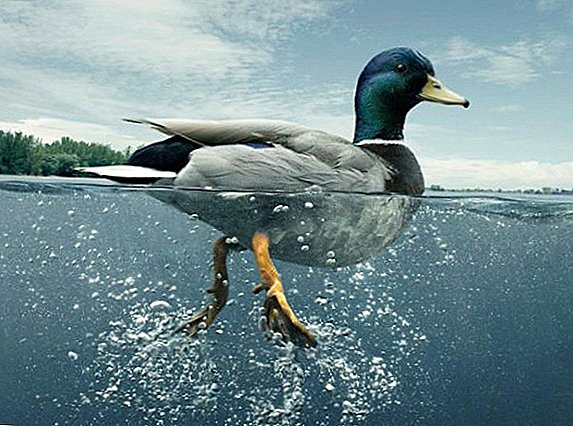 Watching cute, agile, dexterous ducks on city ponds and lakes involuntarily visit thoughts - which allows these birds to so skillfully hang on the water surface and move along it, dive and linger under water, as they are able to withstand freezing temperatures and calmly walk on icy surfaces. Even ducks of 3 weeks of age are able to swim at the same level as adults.
Watching cute, agile, dexterous ducks on city ponds and lakes involuntarily visit thoughts - which allows these birds to so skillfully hang on the water surface and move along it, dive and linger under water, as they are able to withstand freezing temperatures and calmly walk on icy surfaces. Even ducks of 3 weeks of age are able to swim at the same level as adults.
How duck swims
Since ducks refer to waterfowltheir lifestyle is continuously associated with water. In view of this, the entire structure of the body of these birds is adapted to the lengthy time spent on the water, diving and foraging, fast and agile movement, skillful landing on the water, as well as take off from the water. The special structure of the paws and the body, the plumage and secretion of the glands - all contribute to the fact that the water element for ducks is native. 
The structure of the legs and body
It is due to the appropriate structure of the body and paws ducks are excellent swimmers. Their body is flattened, streamlined, slightly oblong. The head is small, planted on a long, flexible neck.
We advise you to read about the beneficial properties and culinary use of duck eggs, meat and fat.
Features of the structure of the legs and feet of ducks:
- Legs short, set wide apart and closer to tail. Very mobile and strong.
- The foot consists of three mobile fingers. Between the fingers are swimming membranes, making the feet of birds resemble flippers.
- On land, the paws of the bird are arranged vertically - that is why the center of gravity is displaced and the bird cannot move quickly. In haste, it may collapse on the breast, and the gait as a whole looks awkward and slow.
- In the water paws are located at an angle to the surface. When getting into the water, the whole body of the bird can be compared with a boat, and the paws - with oars and a rudder. It is thanks to the short paws that the bird can effectively maneuver, quickly pick up speed or slow down, turn and change direction.
 The body of ducks is equipped with complex air bag system - so, there are paired chest bags (cervical, abdominal, chest) and unpaired clavicular. Cavities with air are located between the internal organs, and even in the bones of the birds, making the entire skeleton becomes easier and the bird can fly. This feature of the skeleton is called pneumatisation.
The body of ducks is equipped with complex air bag system - so, there are paired chest bags (cervical, abdominal, chest) and unpaired clavicular. Cavities with air are located between the internal organs, and even in the bones of the birds, making the entire skeleton becomes easier and the bird can fly. This feature of the skeleton is called pneumatisation.
By adjusting the volume of air in the bags, the bird can not only change the density of the body during diving and flights, but also control the temperature and start the process of defecation. Gas exchange does not occur in the air cavities, that is, they do not participate in respiratory processes.
Did you know? The volume of air cavities in flying bird species exceeds the volume of the lungs 10 times!
Fat secret
However, the features of ducks do not end on the structure of the body and paws. After all, neither hollow bones, nor air bags and swimming membranes would help the feathered to sit in water for a long time, if not tailbone gland.  In waterfowl, in particular ducks, this gland is especially well developed. The oil gland is very small and located above the caudal vertebrae; when you press it with its beak, a special oily secret with a specific smell is released. In the composition of the grease there are fats, wax, glycerides, antibacterial substances.
In waterfowl, in particular ducks, this gland is especially well developed. The oil gland is very small and located above the caudal vertebrae; when you press it with its beak, a special oily secret with a specific smell is released. In the composition of the grease there are fats, wax, glycerides, antibacterial substances.
With a beak the bird smears grease all over the plumage, the secret falls on the head as a result of friction on the sides. Then the bird makes shaking movements so that the lubricant is well distributed. It is this lubricant that makes duck feathers waterproof, resilient, beautiful and healthy, as a result they wear less. If it were not for her, the feathers and down of the ducks would instantly get wet and heavy, so that the bird could not spend even minutes in the water.
Important! Fat secretion can normally be distributed only on clean feathers, because ducks regularly clean the feathers. In case of excessive pollution (for example, birds often suffer from oil spills), when the bird is unable to wash off, it can drown.
Why ducks are not cold in the water in winter
Ducks live in various parts of the globe, including in regions with very harsh climatic conditions. They can be in the water for a long time and walk on the icy surface without the slightest discomfort, and some species of ducks even sleep on the water, just hiding their heads under the wing. This is because the duck paws are simply devoid of nerve endings and blood vessels. They do not feel cold.  The rest of the body is covered with a dense layer of fluff and feathers; between them is a large air gap that helps to keep warm. The top layer of feathers is water and windproof due to grease lubrication. So it turns out that the cold simply can not get to the skin. However, during the period of molting and some time after it, swimming possibilities are worsened in birds.
The rest of the body is covered with a dense layer of fluff and feathers; between them is a large air gap that helps to keep warm. The top layer of feathers is water and windproof due to grease lubrication. So it turns out that the cold simply can not get to the skin. However, during the period of molting and some time after it, swimming possibilities are worsened in birds.
Another factor that provides effective thermoregulation and the ability to stay on the surface of the water is a thick layer of subcutaneous fat.
Read also about breeding duck breeds: Musk, Peking (Star-53), Bashkir, Blue Favorite, Mulard.
Swimming underwater
Ducks are perfectly adapted for scuba diving - they can dive straight out of the water, unlike many birds that dive from the air to the water surface in search of prey.  Features of the structure of the body that allow ducks to dive:
Features of the structure of the body that allow ducks to dive:
- the mobile chest pushes the air out of the air sacs, thereby increasing the density of the body, and therefore the ability to dive;
- a thick layer of subcutaneous fat protects against cold;
- greased feathers do not pass moisture to the skin;
- moving legs and flippers allow you to make strong repulsive movements;
- when fully submerged in some diving ducks, the tail and wings are used to control the depth.
Did you know? Under water, ducks reach an average speed of up to 0.6-1 m / s. The average duration of immersion is about 1 minute, however, when pursued, these birds are able to stay in the water column for up to 10-15 minutes.
Where and when do ducks swim
The duck family is very extensive. All of its representatives are somehow related to water, but each species depends to a varying degree on water and their lifestyle may differ significantly. Ducks include up to 160 species that live around the globe, with the exception of Antarctica and some islands in the ocean.
Where different species of duck family usually live:
- on the sea (eiders, turpans, krokhali and other species);
- on mountain streams and fast rivers (striped duck, brook duck, kamenushka);
- on forest lakes (mandarin, Carolina);
- on urban ponds and reservoirs (red duck, whooper swan, Canadian and white-cheeked geese).
 Tourpans
Tourpans Kamenushki
Kamenushki Mandarin
Mandarin Canadian Goose
Canadian GooseRegarding the last group of ducks, they are called synanthropic - that is, species that are closely dependent on human presence. To admire the ducks in the big city, it is enough to come in the daytime to any city park where there is a pond - with high probability you will be able to meet there a flock of these birds.
Important! If you want to feed the city ducks, in any case do not use bread for this! From such a "treat" in birds, digestion suffers greatly and angelic disease develops. If you want to help the birds with food, a much more correct decision would be to bring fruit, vegetables and whole grains.
Thus, nature has provided these waterbirds with all the "tools" for trouble-free living on the water. Air bags, porous bones, special lubricant and special structure of the paws - these are the devices that make ducks excellent divers, hunters and divers.












